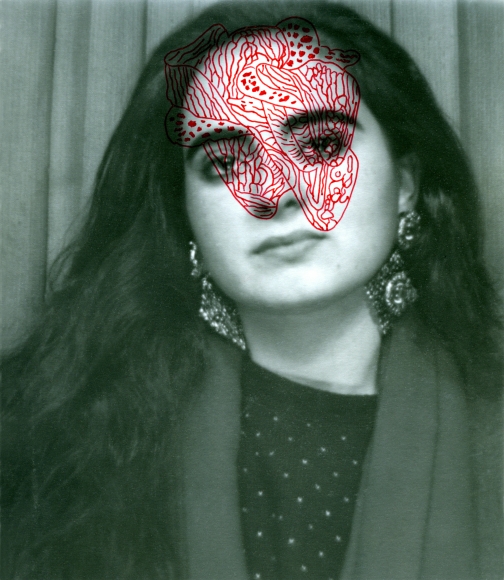PETE PIN
http://www.petepin.com/#mi=1&pt=0&pi=2&p=-1&a=0&at=0
http://www.huckmagazine.com/art-and-culture/photography-2/pete-pin-origins-issue/
http://time.com/3785818/displaced-the-cambodian-diaspora/
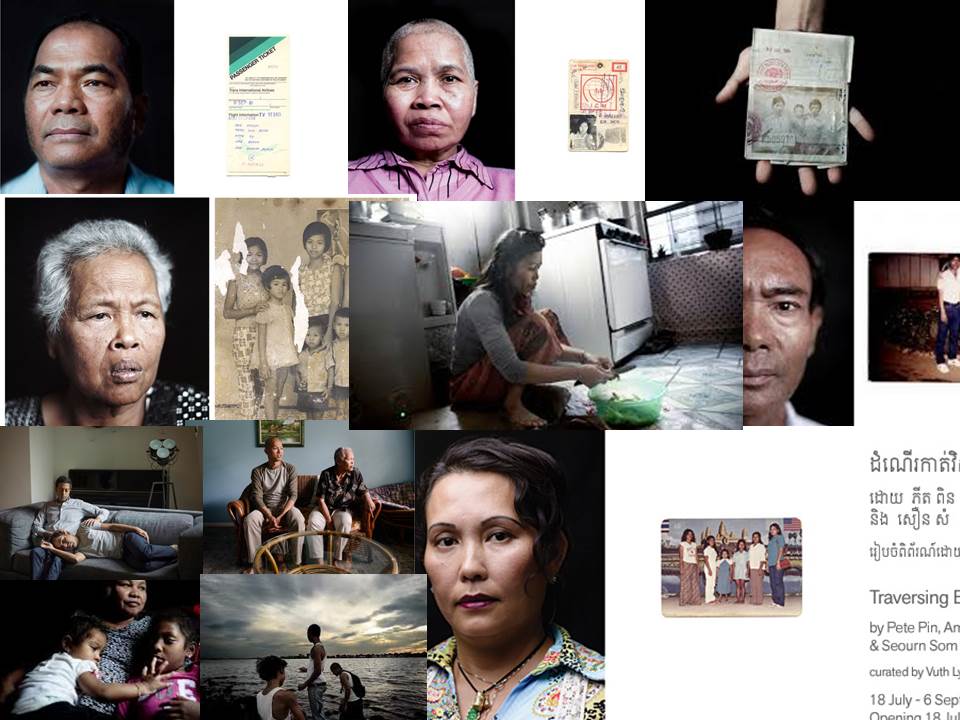
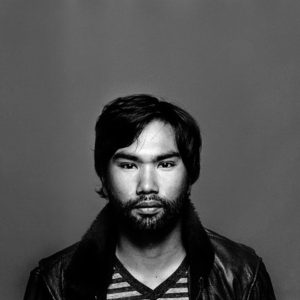
Pete Pin was born in 1982 in a refugee camp which his family had fled to after fleeing from the Cambodian genocide. Pin mother was 17 years old when he was born. The refugee camp was along the Thai-Cambodian border. Pin was born during the revolution. His family resettled in Stockton, CA, home to a large Cambodian American community. Pin has said that he has “struggled for most of my life to understand the legacy of my people.” He had little or no connection to his identity as a Cambodian American.
Peter Pin is a Documentary photographer and teaching artist. He decided to use his photography to tell the stories of the Cambodian genocide. He is retracing his roots to bridge the gap between Cambodian Americans and their parents’ dramatic past through photography. In the fall of 2010, Pin set up a makeshift portrait studio in his grandmother’s garage in Stockton, California. With the assistance of his uncle, during one of the portrait sessions, Pin spoke to his Grandmother about his family’s experiences during the Killing Fields. Pete Pin found out that as well as the few possessions that was saved from the war, there was also a family portrait that had been saved during the revolution. Pin describes the moment he first saw the family portrait. He says “I did not yet know that it was the start of a project that would take me across the country and back, into the homes of Cambodian Americans who would speak of their experiences during the Killing Fields and refugee camps, often for the first time in front of their children. Although I couldn’t imagine it then, the truth is that I became a photographer, in part, in order to tell this story.”
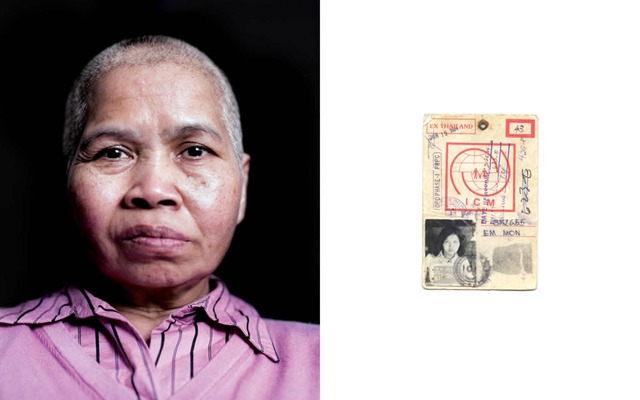
These are Pete Pins images from the series called Cambodian Diaspora.
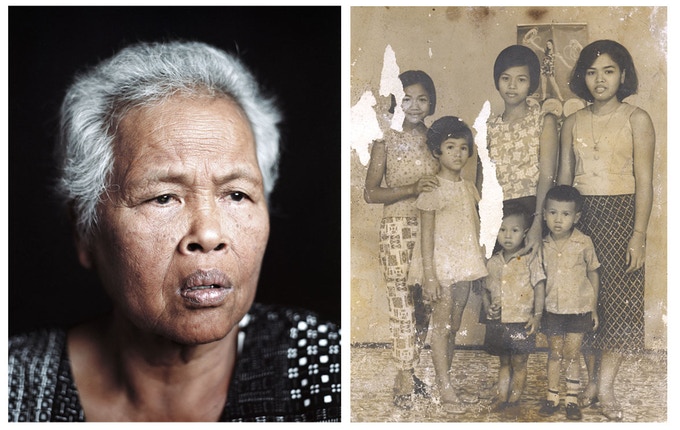
CAROLLE BENITAH
http://www.souslesetoilesgallery.net/artists/carolle-benitah
https://www.lensculture.com/articles/carolle-benitah-photos-souvenirs
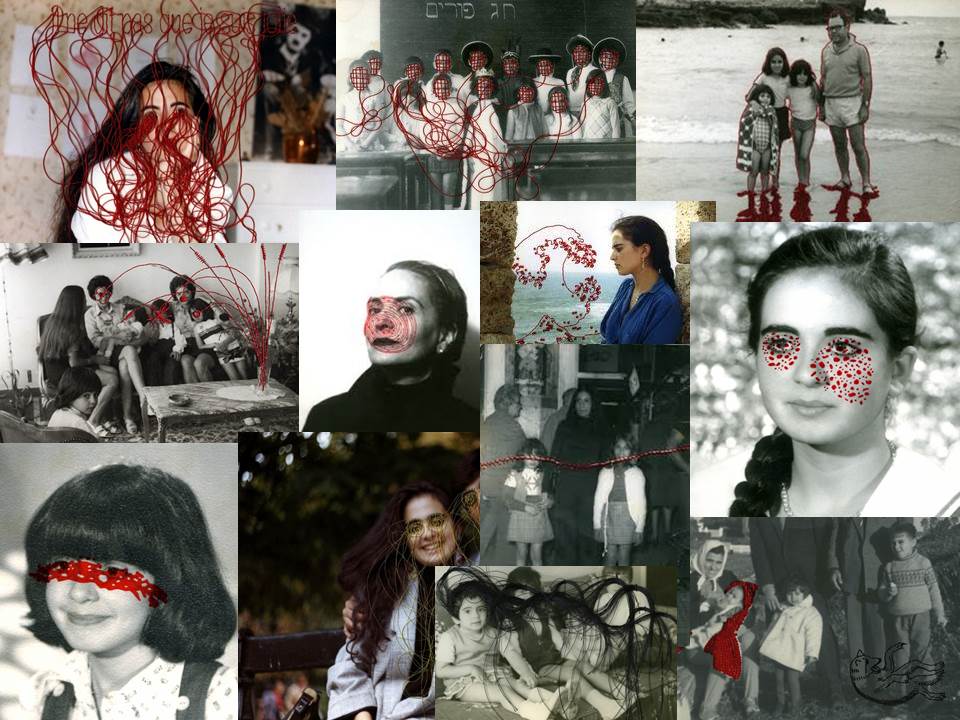 Carolle Benitah is a French Moroccan photographer, born in Casablanca, Morocco. She had previously been a fashion designer before deciding to become a photographer in 2001. Throughout her photography, she loves to explore memory, family and the passage of time. She often chooses to pair family snapshots with handmade accents, such as embroidery, beading and ink drawings. Her main aim is to reinterpret her own history as a daughter, wife and mother.
Carolle Benitah is a French Moroccan photographer, born in Casablanca, Morocco. She had previously been a fashion designer before deciding to become a photographer in 2001. Throughout her photography, she loves to explore memory, family and the passage of time. She often chooses to pair family snapshots with handmade accents, such as embroidery, beading and ink drawings. Her main aim is to reinterpret her own history as a daughter, wife and mother.

In an interview, Benitah explains how she first became interested in family pictures, ‘I was leafing through a family album and found myself overwhelmed by an emotion’. The photos were taken 4o years earlier, and Benitah describes her annoyance because she couldn’t even remember the moment they were taken, or ‘what preceded’. In the interview, she talks about how the photos ‘reawakened an anguish of something both familiar and totally unknown’. She decided to explore the memories of her childhood to help her understand who she is, and to define her current identity.
She describes the images as ‘fragments of my past.’ The first step in her process is choosing what images she would experiment with. Once these choices of images were made, she would then add needlework, embroidery and beads. In the interview, this is how Benitah describes the process, ‘With each stitch I make a hole with a needle. Each hole is putting to death of my demons. It’s like an exorcism. I make holes in paper until I am not hurting any more.’ Benitah has done three photo series, they’re called PHOTO SOUVENIRS, WHAT CANNOT BE SAID and WHAT CANNOT BE SEEN. Here are three images, one from each of the series.


